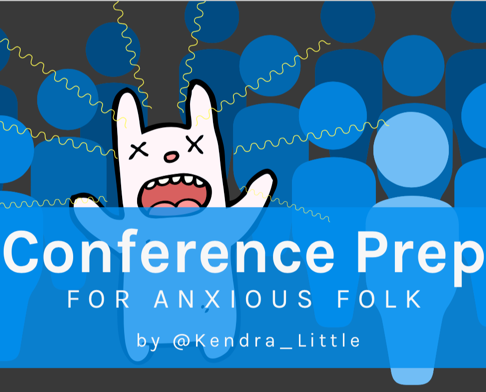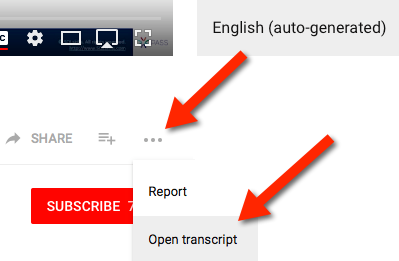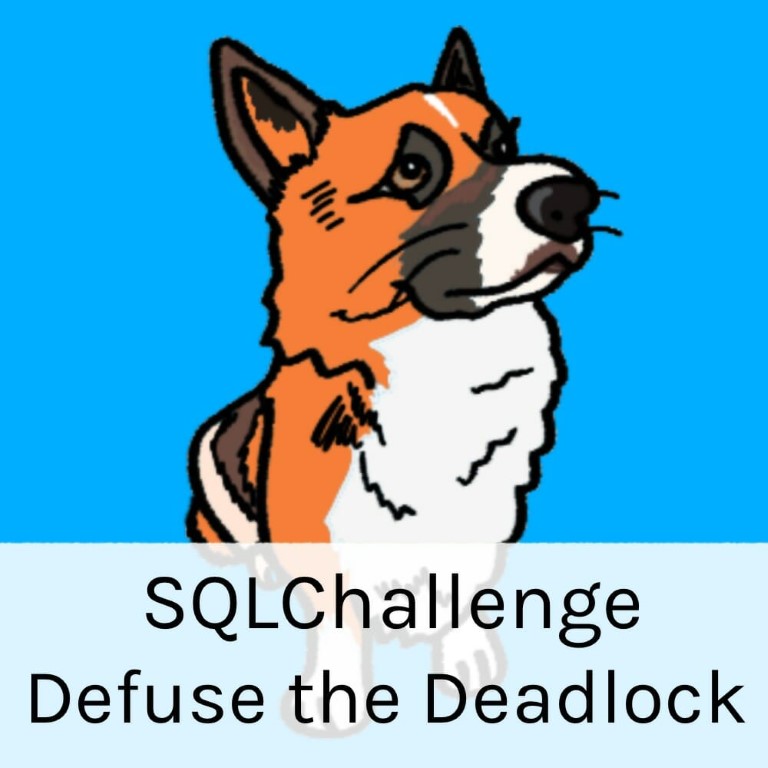Infographic: Conference Prep for Anxious Folk
I’m honored to be heading to the Microsoft MVP Summit. I really enjoy this conference– it’s not my first time going, so I know the ropes. I’m looking forward to seeing a bunch of old friends AND to connect to lots and lots of new people.
But even though I am familiar with the conference, I have a list of things I do to get ready and prepare. That’s because…






